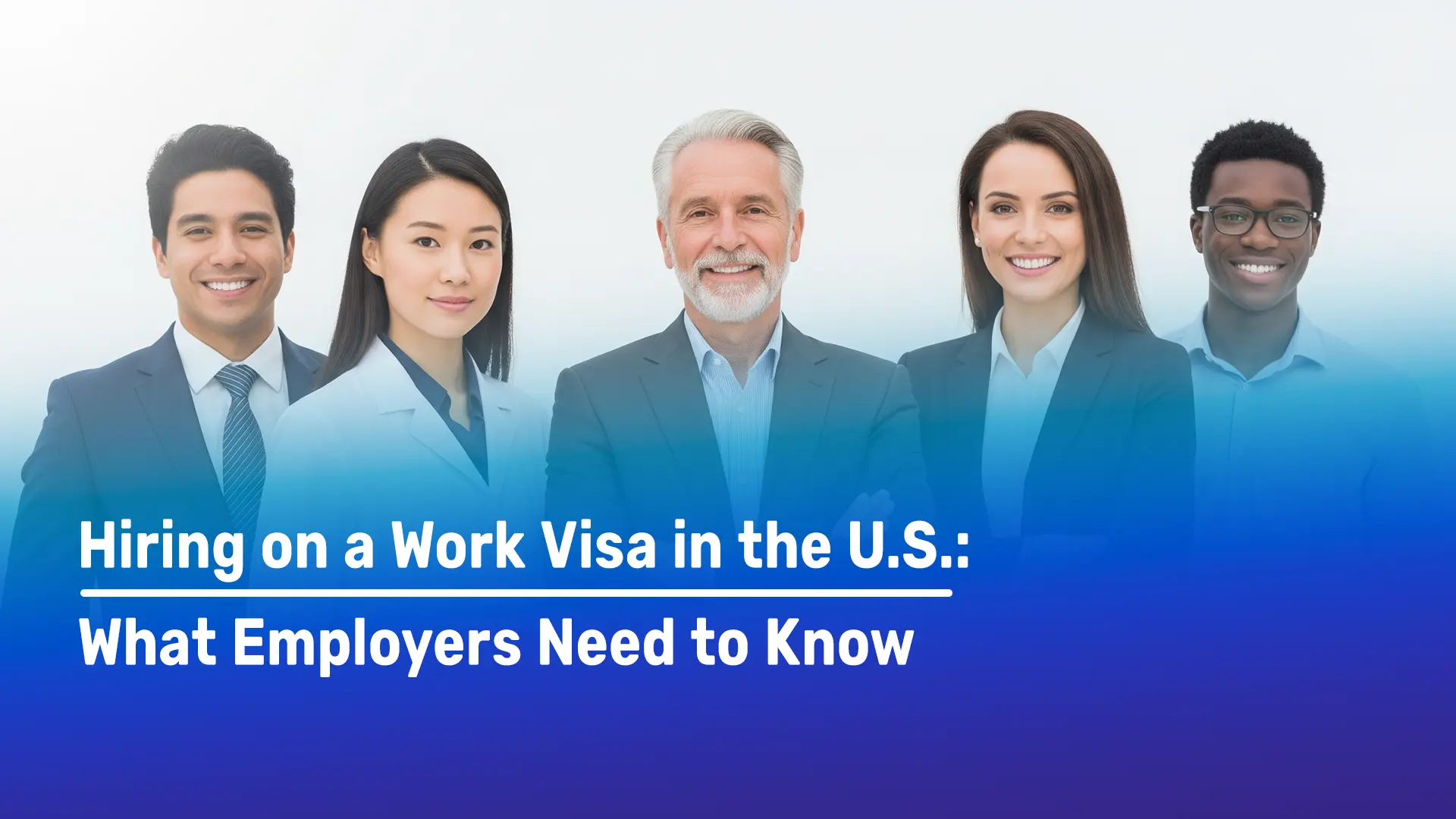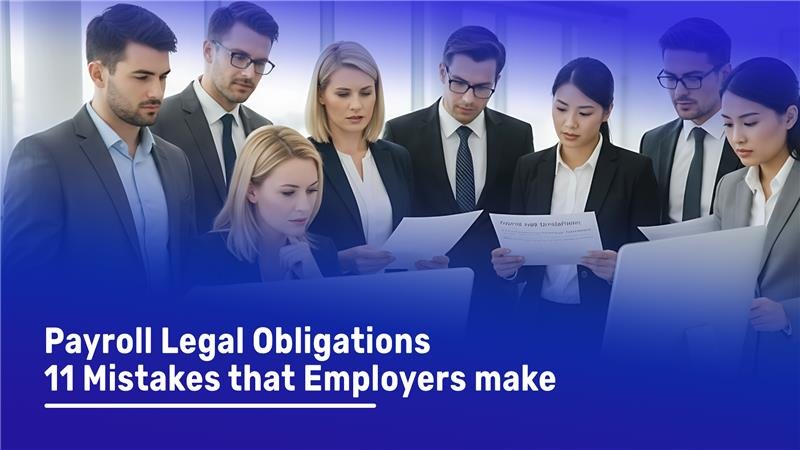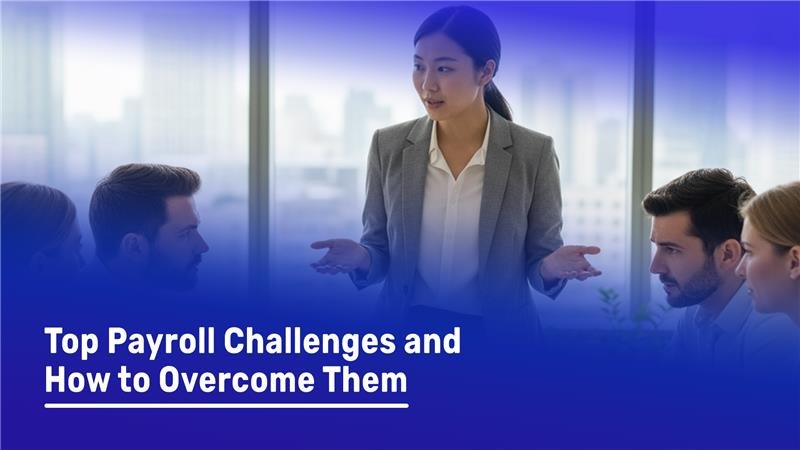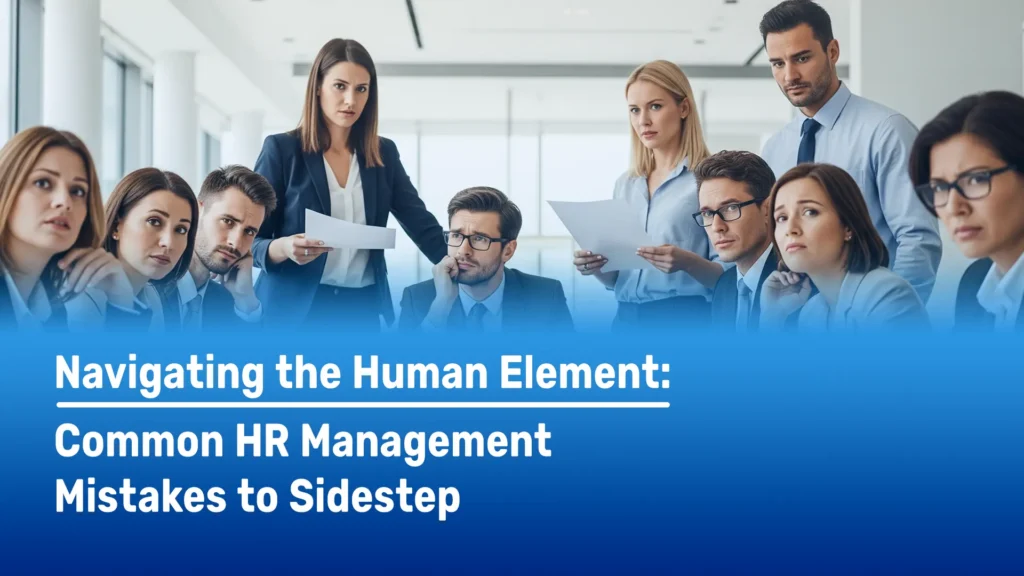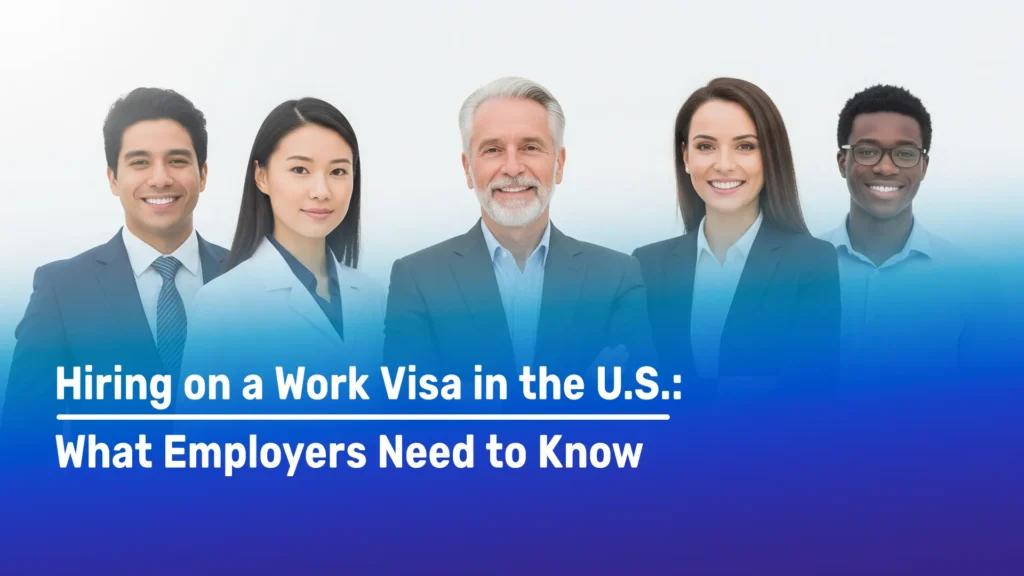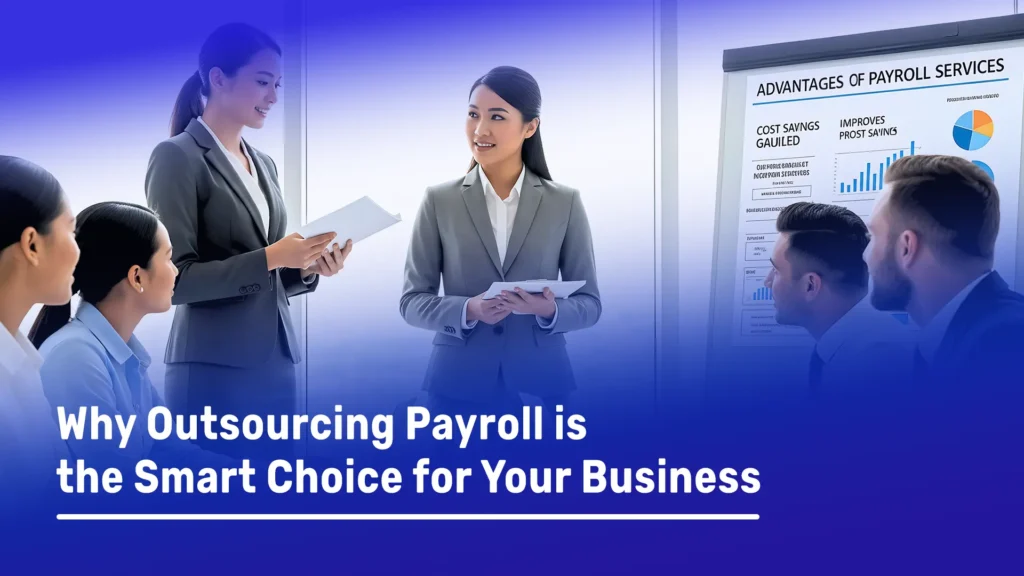Hiring on a work visa in the U.S. can feel overwhelming, but it’s an essential pathway to accessing global talent. U.S. employers are tapping into international talent pools to gain unique perspectives and specialized skills. However, the process involves navigating legal complexity, meeting strict requirements, and adhering to detailed compliance standards. Here’s what you should know to approach this strategically.
Is Hiring on a Work Visa Complicated? The Short Answer: Yes, Generally.
Let’s be candid: sponsoring an employee for a U.S. work visa is rarely a simple plug-and-play process. It involves navigating a complex web of immigration laws, stringent eligibility criteria, meticulous paperwork, various government agencies, significant costs, and often, considerable uncertainty. While the level of difficulty can vary depending on the specific visa category and the applicant’s qualifications, employers should anticipate a process that demands diligence, patience, and often, expert guidance.
However, “complicated” doesn’t mean “impossible” or “not worth it.” For many companies, accessing global talent is a strategic necessity. The key is to understand the landscape thoroughly.
What Employers Need to Know
In today’s interconnected world, the talent pool for U.S. employers stretches far beyond national borders. Hiring skilled individuals from abroad can bring diverse perspectives, specialized expertise, and a competitive edge. However, the pathway to employing a foreign national on a work visa in the United States is often perceived as a daunting endeavor. So, is it really that complicated, and what should you, as an employer, be acutely aware of before embarking on this journey?
What Employers Should Be Aware Of When Hiring on a work visa in the U.S:
Here’s a breakdown of critical factors to consider as of mid-2025:
- A Spectrum of Visa Categories: There isn’t a one-size-fits-all work visa. Common temporary work visas include:
- H-1B (Specialty Occupations): For positions requiring a bachelor’s degree or higher in a specific field. Highly sought after and subject to an annual cap and lottery system.
- L-1 (Intracompany Transferees): For managers, executives, or employees with specialized knowledge transferring from a foreign company to a U.S. affiliate, parent, subsidiary, or branch.
- O-1 (Individuals with Extraordinary Ability or Achievement): For those with exceptional skills in sciences, arts, education, business, athletics, or a record of extraordinary achievement in motion pictures or television.
- TN (NAFTA/USMCA Professionals): For qualified Canadian and Mexican citizens in specific professional occupations.
- E-3 (Certain Specialty Occupation Professionals from Australia): Similar to H-1B but specifically for Australian nationals.
- H-2B (Temporary Non-Agricultural Workers): For temporary or seasonal non-agricultural jobs where there’s a shortage of U.S. workers. Each visa has distinct eligibility requirements, application processes, and limitations.
- Stringent Eligibility Requirements:
- For the Employer: You must demonstrate a legitimate business need for the foreign worker, prove you can pay the required wage, and, for some visas, show that hiring a foreign national will not adversely affect U.S. workers. Having a Federal Employer Identification Number (FEIN) is a basic requirement.
- For the Employee: The candidate must meet specific educational, skill, and experience criteria for the particular visa. For example, an H-1B typically requires a relevant bachelor’s degree or its equivalent.
- The Multi-Step Application Process: Sponsoring a work visa usually involves several stages and government bodies:
- Department of Labor (DOL): For visas like the H-1B, employers must first obtain a certified Labor Condition Application (LCA) from the DOL. This involves attesting to wage and working conditions.
- U.S. Citizenship and Immigration Services (USCIS): The employer typically files a petition (e.g., Form I-129, Petition for a Nonimmigrant Worker) with USCIS.
- Consular Processing: If the employee is outside the U.S., they will generally need to apply for the visa at a U.S. embassy or consulate in their home country, which usually includes an interview.
- Significant Costs Involved: Be prepared for various expenses:
- USCIS Filing Fees: These can be substantial and vary by visa type.
- Legal Fees: Given the complexity, most employers engage immigration attorneys, which is a highly recommended expense.
- Premium Processing Fees (Optional): If you need faster adjudication, USCIS offers premium processing for an additional hefty fee for certain visas.
- Other Potential Costs: Such as anti-fraud fees or, for H-1Bs, potentially the ACWIA (American Competitiveness and Workforce Improvement Act) fee.
- Timing, Quotas, and Uncertainty:
- Processing Times: Visa processing can take anywhere from a few weeks (with premium processing) to many months, or even longer, depending on the visa type, service center backlogs, and individual case complexities.
- Annual Quotas (Caps): The H-1B visa is subject to an annual numerical cap (currently 85,000, including an advanced degree exemption). Demand far exceeds supply, leading to a lottery system. This means even if you have a qualified candidate and a valid job offer, there’s no guarantee they’ll be selected.
- Uncertainty: The outcome of a visa petition is never guaranteed. Denials can occur even if you believe all criteria are met.
- Ongoing Compliance Obligations: Your responsibilities don’t end once the visa is approved. Employers must:
- Maintain Records: Keep detailed records as required by immigration and labor laws.
- Notify USCIS of Material Changes: Report significant changes in employment, such as changes in job duties, work location (potentially requiring an amended petition), salary, or termination of employment.
- Adhere to Wage Requirements: For H-1B visas, you must pay the higher of the actual wage paid to similarly employed U.S. workers or the local prevailing wage for the occupation.
- Cooperate with Site Visits: USCIS’s Fraud Detection and National Security (FDNS) directorate conducts site visits to verify information provided in visa petitions.
- Employee Experience and Dependency: Remember that the visa process can be stressful and create uncertainty for the employee. Their ability to live and work in the U.S. is often tied directly to their employment with you.
- The Critical Role of Legal Counsel: Given the intricacies of U.S. immigration law, attempting to navigate the work visa process without experienced immigration counsel is generally ill-advised. An attorney can help identify the correct visa category, prepare and file petitions accurately, navigate complex legal requirements, and respond to any Requests for Evidence (RFEs) from USCIS.
- Potential for Permanent Residency Sponsorship: Often, hiring a foreign national on a temporary work visa is the first step towards sponsoring them for lawful permanent residency (a “Green Card”). This is an even more complex, time-consuming, and costly undertaking, typically involving a PERM labor certification process with the DOL.
- Penalties for Non-Compliance: Failure to comply with immigration laws and visa program requirements can lead to serious consequences for employers, including fines, civil penalties, debarment from sponsoring future visas, and even criminal charges in some cases.
Navigating the Path Forward
While “Hiring on a work visa in the U.S” is undoubtedly a complex and resource-intensive process, the ability to attract and retain top global talent can be invaluable. Success hinges on thorough preparation, a clear understanding of the obligations involved, and a commitment to strict compliance. Partnering with experienced immigration legal counsel from the outset is one of the most critical steps an employer can take to navigate this challenging but potentially rewarding landscape.
Disclaimer
The information provided on this blog “Hiring on a work visa in the U.S.” is intended for general informational and educational purposes only, and does not constitute professional legal, financial, tax, human resources, or insurance advice. Any reliance you place on such information is strictly at your own risk. In no event will we be liable for any loss or damage including without limitation, indirect or consequential loss or damage, or any loss or damage whatsoever arising from loss of data or profits arising out of, or in connection with, the use of this article. Please be aware that legal and regulatory requirements can vary significantly from one jurisdiction to another. The information provided may not be applicable to your specific state or locality.
At VXL Payroll we provide Human Resource Management, Payroll and Employee Benefits services. We have been providing quality service to companies, nationwide for over 20 years. You can contact us at 732-515-3200 or at info@vxlpayroll.com to set up a free consultation to see how our solutions can add value to your business.

